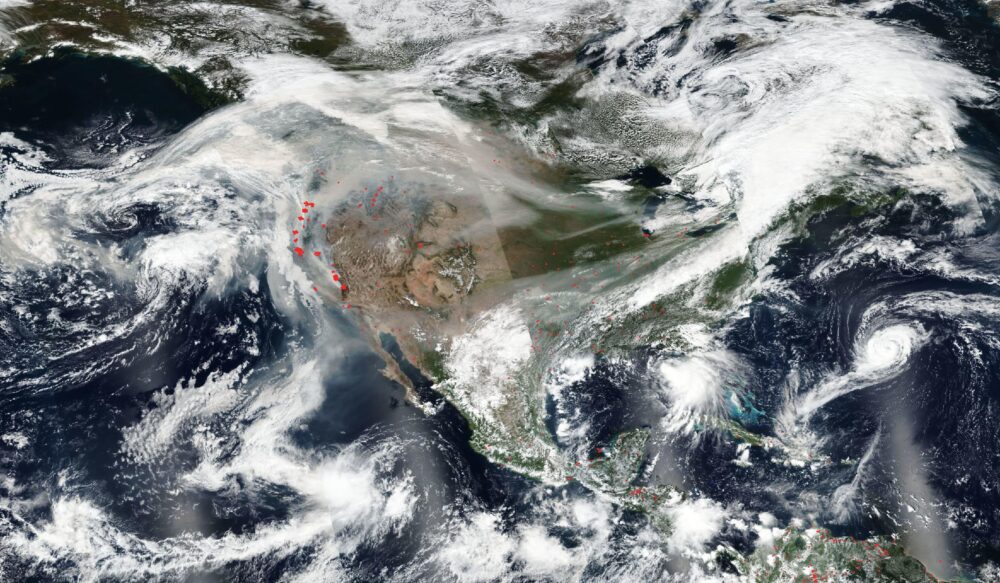With an unprecedented fire season, more people have seen or experienced the detrimental effects of wildfires. Smoke damage is frequently an overlooked consequence from these fires. Not only can smoke be damaging to homes, but it can also be harmful to wildlife and to one’s health. In August and September, extreme wildfire activity throughout the western states created an abundance of smoke that spread across the continental U.S. Unfortunately, the widespread smoke caused an increase in hazardous air quality across the country. RedZone decided to take a closer look at the effects of smoke on health and on local wildlife and pets.
Air Quality and Your Health
Due to the fine particles in wildfire smoke, one’s health could be at risk when exposed. Local air quality reports provide insight as to when the public should limit exposure to the outdoor air and take safety precautions.

Air Quality Index Scale
Although short-term exposure to smoke is not believed to have significant effects on healthy people, healthy individuals should still avoid breathing it in because it can have negative impacts. People with certain risk factors, such as heart and lung disease, old age, children with developing respiratory systems, diabetes, and pregnant women, are more likely to be negatively affected by smoke.
Some symptoms that may arise due to smoke inhalation:
- Scratchy throat and stinging eyes
- Coughing, wheezing, shortness of breath, and trouble breathing
- Fatigue
- Chest pains
- Headaches
- An increased heart rate
Ways you can protect yourself or minimize exposure:
- Follow advice given by local air quality reports and warnings
- Stay indoors with windows and doors closed, and an air conditioner on with the fresh-air intake closed
- Use an air filter/purifier
- Keep indoor pollution to a minimum by not using candles, fireplaces, or vacuums
- Use an N95 mask for protection
- Avoid outdoor activities, especially those that involve exercise
Smoke and Animals
Unfortunately, it is difficult to protect wildlife from smoke inhalation, as wildfires often occur in their natural habitats. During a wildfire, community members might think that leaving out bowls of water for local wildlife is a good idea, but animal experts do not recommend this. Stagnant water serves as a breeding ground for bacteria. As a result, leaving out bowls of water could make the animals even sicker. In situations where people should limit exposure to smoke-polluted air, pets are likely enduring unpleasant conditions as well. Similarly to humans, animals experience similar effects of smoke to their respiratory systems.
Animals often display comparable symptoms to humans, such as:
- Coughing or asthma-like symptoms
- Difficulty breathing or increased breathing rate, with open mouth breathing and wheezing
- Eye irritation and excessive eye watering
- Inflamed throat and mouth
- Tiredness
- Disorientation
Ways to protect pets from smoke exposure:
- Keep pets inside, except for brief bathroom breaks outdoors
- Do not exercise pets outside. Wait until smoke has settled.
How to protect livestock during times of unhealthy air quality:
- Limit activities that increase airflow in and out of the lungs
- Provide fresh water near feeding areas and regularly change the water
- Decrease dust exposure by feeding livestock low-dust or dust-free feeds
- Allow for a 4-6 week recovery period after air quality has improved. Transporting livestock could delay this process.
- Always have an evacuation plan in place for livestock in case if the fire immediately threatens the property
Sources:
AirNow.gov, EPA, Bay Nature, American Veterinary Medical Association, NASA, AQI, CDC




